THE CONTEXT
African Cities and vulnerable recipients of climate mobility
by Achilles Kallergis

Environmental mobility has been elevated into a global issue, underlining the need for international cooperation, the development of norms and processes, and the recognition of migration as an important adaptation strategy to a changing climate. Africa, a region that is rapidly urbanizing is expected to experience significant impacts from environmental change ranging from sudden-onset events to gradual, slow environmental degradation that already is, and is projected to trigger further human mobility.
The evidence so far, along with future projections, indicate that environmental change in the region will result in increased migration but it will not trigger large-scale mass movements, particularly international migration to other regions. Rather, it is expected that shorter movements in time and space will continue to be directed towards urban areas. This role of cities as recipients of mobility is increasingly recognized in the recent environmental migration scholarship. However, little attention has been given to the destination areas that are crucial in shaping adaptation outcomes for migrants.
Climate Mobilities is a participatory research project that explores environmental mobility in Accra, Dar es Salaam, Freetown, and Monrovia. Distilling from the evidence generated by local communities, we place environmental movements within the broader mobility context of cities that experience significant growth through migration, forced displacement, and natural population increase. Through locally-generated data, we show how temporarily and spatially, mobility due to environmental change is manifested and negotiated at the local level, in low-income informal destination neighborhoods.
This community-led data collection process highlights both the role of these neighborhoods as receiving areas for migrants and also how the life of migrants and their hosts is shaped by both immobility and intense and recurring mobility due to continuous and overlapping environmental risks at their destination neighborhoods. The research also brings to the forefront the critical role of organized communities of the urban poor in accommodating migration. In the absence of state regulation, the governance of these movements occurs predominantly through local institutions and networks of solidarity among migrants and hosts, created on the basis of their shared vulnerabilities.
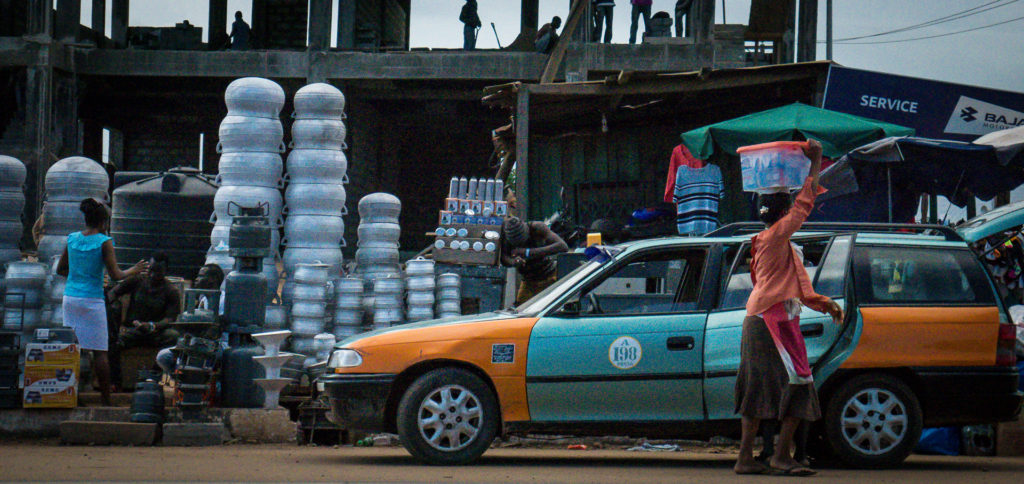
The main contribution of Climate Mobilities is to re-focus discussions on the inclusion of those primarily affected by environmental change. It bears importance for environmental mobility, a complex process that is still poorly understood. Given how contextual factors influence migration decisions, mobilizing the knowledge of migrants and hosts in destination communities provides a much richer understanding that can guide policies and action. This is particularly important for cities that are vulnerable to the impacts of climate change, and experience significant population growth, but lack information resulting in decisions that are often based on limited evidence as to the actual movements of people.
The sort of information generated here can also inform and improve policy processes to address mobility. Policies that have sought to slow, restrict, and forcibly reconfigure mobility towards and within rapidly growing cities have had a poor record. Practices of relocation and managed retreat have often failed to meaningfully address vulnerability and in some cases, have led to the loss of livelihoods the protracted marginalization, loss of livelihoods, and further displacement of those at risk.
In conclusion, this research highlights the need for more attention to local practices and knowledge that are necessary to inform the implementation of mobility norms and the ways they are translated and embedded in local contexts.
Local data in climate migration: The role of communities for knowledge generation
LOCAL DATA IN CLIMATE MIGRATION The role of communities for knowledge generation by Achilles Kallergis It is expected that climate change will accelerate and diffuse mobility patterns in Africa, with cities increasingly becoming the destination areas for many
Explore Our Stories
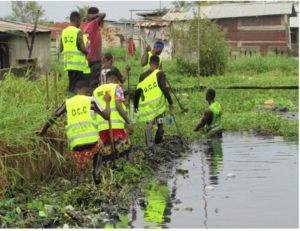
Maintaining Critical Infrastructure to Hold the Community Together
The Doe Community is on the banks of the Stockton creek and runs along the Somalia Drive. The community borders Clara Town and the Freeport community. It undergoes flooding with periodic fire outbreaks and occasional storms. These disasters regularly displace residents within the community. When disaster happens, transportation the community relies upon, such as bridges often collapse and further disadvantage community members from rebuilding life.
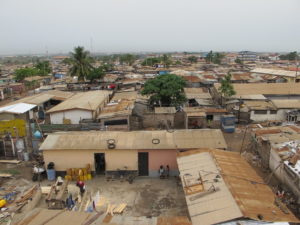
Glefe Community
Glefe is located in the Ablekuma West Municipal of the Greater Accra region. Glefe means Place of Snakes but also had an indigenous name “Ape na ye” which means “Turn and Look”. Both names came from the Adas of the Ga Adangbe group as the first settlers of the community before Ghana gained independence around early 1930s.

Climate & Migration: Susan’s Bay
On the 24th March 2021; a massive fire outbreak struck Susan’s Bay community, burning hundreds of houses and other properties in its part leaving thousands of residents homeless. We went to talk to victims after a period of 6 months to understanding how they have been coping.

Local data in climate migration: The role of communities for knowledge generation
LOCAL DATA IN CLIMATE MIGRATION The role of communities for knowledge generation by Achilles Kallergis It is expected that climate change will accelerate and diffuse mobility patterns in Africa, with cities increasingly becoming the
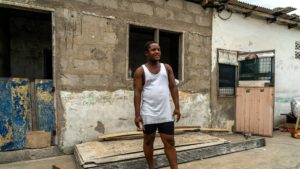
Built on Hope
Built on Hope How the Ghanian metropolis Accra is tackling the double effect of climate change and the increasing numbers of newcomers seeking to make a living in the city. * This article was originally published
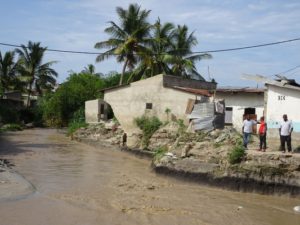
In the Midst of Recurrent Msimbazi River Flooding
Mji Mpya and Karakata Residents Demand a Better Living Condition in the Midst of Recurrent Msimbazi River Flooding By Samwel John (lead researcher), Mussa Raido (researcher & writer), Nasri Mohamed (videographer), Husna Shechonge (Federation
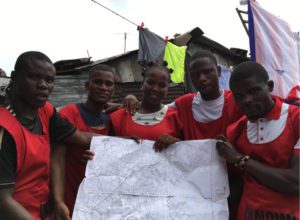
Adaptation, Relocation, Marginalization
Communities in impoverished neighborhoods under environmental risk across cities in the
region are actively responding to this call.

Reasons for Moving to Dar Es Salaam
Reasons for Moving to Dar Es Salaam: Opportunities and Pitfalls Dar es Salaam is a city of extremes. It is also one of the four cities surveyed as part of the At Risk Environmental

